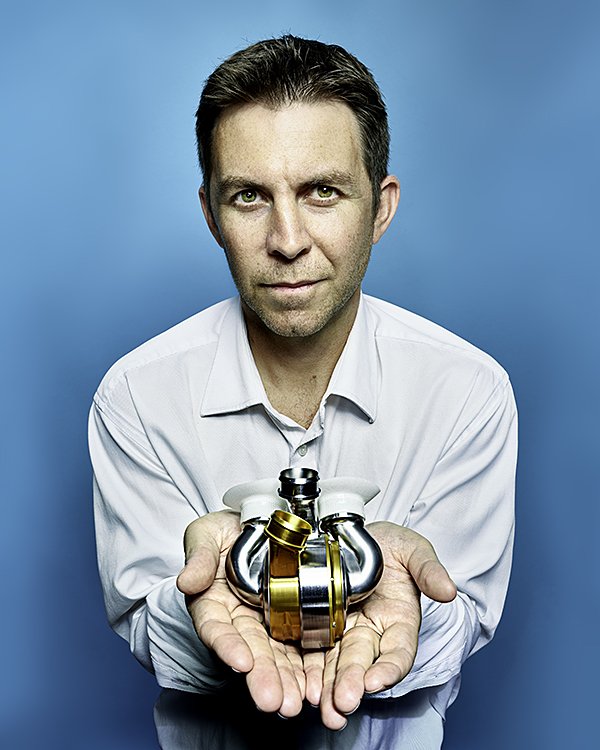This Maglev Heart Could Keep Cardiac Patients Alive When They Wait For Organ Donor
Aadhya Khatri - Sep 28, 2019

This Bivacor heart is not meant to replace a real heart but rather, it serves as a temporary measure to keep the patient alive when they wait for a donor
A team of experts from Bivacor, a private medical company, has been working for around eight years, all the way back in 2001, to create a bionic heart that can keep cardiac patients alive. This creation is shared by three of the company’s engineers on IEEE Spectrum writeup.
The magnetic levitation will generate power, and this steampunk apparatus will harness that energy to spin a disc at a fast speed, pumping blood to all over the patient’s body as well as returning the oxygen-depleted blood to the lungs.

This Bivacor heart is not meant to replace a real heart, but rather, it serves as a temporary measure to keep the patient alive when they wait for a donor.
In comparison with other artificial hearts available now, the Bivacor heart is far lighter and smaller, weighing only 650 grams. It also has an external controller with batteries that the patient can wear. All of this means that users can go on with their daily life while wearing this artificial heart.
The experts behind this Bivacor heart does not try to make one that is similar to a real human heart like other counterparts that are 3D-printed. This organ has no ventricles, no valves, but rather, a magnetically levitating centrifugal pump, which can provide the body with a continuous bloodstream. However, that means the one who is wearing this heart will have no pulse.
A test was conducted in April by Texas Heart Institute’s surgeons and Bivacor on a brown cow. The test subject manages to stay alive and healthy for the whole 90-day trial. It could even jog on a treadmill for half an hour.
Bivacor hopes that they can have the agreement of the U.S. Food and Drug Administration for a human trial when they submit the request in 2020.
Featured Stories

Features - Jul 01, 2025
What Are The Fastest Passenger Vehicles Ever Created?

Features - Jun 25, 2025
Japan Hydrogen Breakthrough: Scientists Crack the Clean Energy Code with...

ICT News - Jun 25, 2025
AI Intimidation Tactics: CEOs Turn Flawed Technology Into Employee Fear Machine

Review - Jun 25, 2025
Windows 11 Problems: Is Microsoft's "Best" OS Actually Getting Worse?

Features - Jun 22, 2025
Telegram Founder Pavel Durov Plans to Split $14 Billion Fortune Among 106 Children

ICT News - Jun 22, 2025
Neuralink Telepathy Chip Enables Quadriplegic Rob Greiner to Control Games with...

Features - Jun 21, 2025
This Over $100 Bottle Has Nothing But Fresh Air Inside

Features - Jun 18, 2025
Best Mobile VPN Apps for Gaming 2025: Complete Guide

Features - Jun 18, 2025
A Math Formula Tells Us How Long Everything Will Live

Features - Jun 16, 2025
Comments
Sort by Newest | Popular